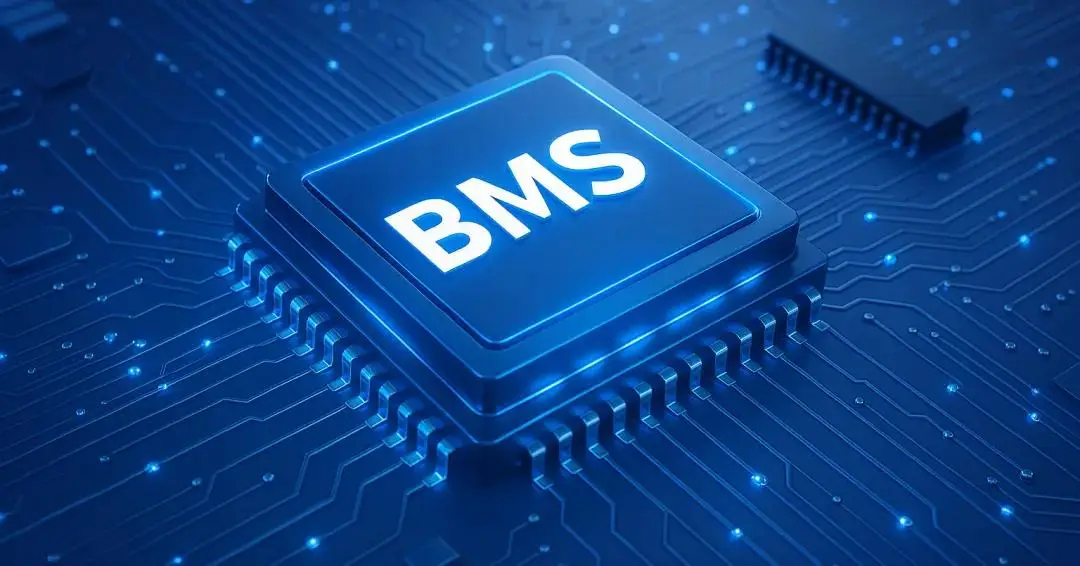Blog
Energy Storage BMS vs. Power Battery BMS: 7 Key Differences That Matter
2025-05-26 | Eric

When it comes to battery technology, the Battery Management System (BMS) is the unsung hero. It’s like the brain behind the battery—monitoring, protecting, and optimizing its performance day in and day out.
Whether you're managing a grid-connected energy storage system or powering up an electric vehicle (EV), the BMS is crucial. But did you know that the BMS used in energy storage systems is quite different from the one in power batteries?
Let’s break down the 7 key differences between Energy Storage BMS and Power Battery BMS, so you know exactly what sets them apart.
1. How They Connect Within Their Systems
In energy storage systems, batteries interact with high-voltage energy storage converters. These converters either pull electricity from the grid to charge the batteries or send power back into the grid during discharge.
Here, the energy storage BMS communicates mainly with:
- The converter, to ensure safe high-voltage operation.
- The dispatch system (PCS) of the storage station, to report battery status and health.
On the other hand, in electric vehicles, the power battery BMS talks to the motor, the charger, and the vehicle controller. It plays a real-time role in how the car runs and charges, making it much more performance-critical.
Quick Tip: Energy storage BMS is more about grid coordination; power battery BMS is focused on dynamic performance and safety in motion.
2. Different Hardware Architecture
Energy Storage BMS is built for scale. These systems often use a two-tier or three-tier architecture:
- First tier: Cell monitoring units.
- Second tier: Cluster management.
- Third tier: Centralized control (for massive setups).
Why three tiers? Because energy storage sites have hundreds or thousands of battery cells, and managing them efficiently demands more computing power and smarter software.
In contrast, power battery BMS usually sticks to:
- Single-tier (centralized): Common in smaller vehicles.
- Two-tier (distributed): Used in EVs with larger battery packs.
In short: Storage BMS is built for scale and stability; power BMS is built for speed and space-efficiency.
3. Communication Protocols Vary
Energy Storage BMS uses CAN protocol internally, but communicates externally (with PCS or SCADA systems) via TCP/IP or Modbus—internet-based protocols that allow integration with grid and building energy systems.
Power BMS, on the other hand, sticks to CAN across the board—both inside the battery and when talking to other parts of the car.
Bottom line: Energy systems need remote monitoring, hence internet protocols. Cars just need quick internal data exchange.
4. Different Battery Types = Different BMS Behavior
Energy storage systems often use Lithium Iron Phosphate (LiFePO4) batteries or even lead-acid/lead-carbon batteries. The priorities here are safety, cost-effectiveness, and longevity.
EVs, however, use:
- Ternary lithium (NCM) for higher energy density.
- Or LiFePO4 for safer, lower-cost options.
Because of these differences:
- BMS parameters must be customized for the battery chemistry.
- Even two LiFePO4 batteries from different manufacturers might need different voltage, temperature, and balancing thresholds.
Takeaway: One-size-fits-all doesn't work in battery management—BMS must be tailored to the exact battery type.
5. Different Threshold and Performance Expectations
Space isn’t an issue in most energy storage stations, so they can afford to use more batteries with lower current limits, focusing on stability and lifespan.
In contrast, EVs are space-constrained. Every battery cell must perform at maximum capacity. This means:
- Higher current thresholds
- More aggressive charging/discharging
- Tighter safety margins
Insight: Storage BMS favors long life and low stress; power BMS demands max output in tight quarters.
6. State of Charge (SOC) Calculations: Not One and the Same
Both systems rely heavily on State of Charge (SOC) readings, but:
- Energy storage BMS can tolerate small inaccuracies due to their static, controlled environments.
- EV BMS must be ultra-precise, since driving range, safety, and power delivery depend on accurate SOC.
That’s why power battery BMS needs stronger processors, smarter algorithms, and real-time data analysis.
Key Point: Accurate SOC in EVs is mission-critical; in storage, it's nice-to-have but less sensitive.
7. Energy Storage BMS Benefits More from Passive Balancing
When you’ve got thousands of cells in series, like in energy storage stations, small voltage differences can stack up fast. That’s where balancing comes in—to keep every cell within healthy voltage levels.
Energy storage BMS uses passive balancing more effectively because:
- There’s plenty of space.
- Heat dissipation isn’t a big issue.
- You can use larger balancing currents without worry.
In contrast, power battery BMS may use active balancing for better efficiency in tight spaces, but it's more complex and costly.
Summary: Storage systems thrive with simple, scalable balancing. Vehicles need smarter, space-saving solutions.
Final Thoughts
While Energy Storage BMS and Power Battery BMS may share similar goals—safety, efficiency, performance—they differ greatly in design, communication, battery type compatibility, and real-world demands.
So whether you're managing a rooftop solar battery setup or designing the next generation of electric cars, always choose the right BMS for the job.
Popular Articles
Contact Details
Worktime :Monday to Friday 9am - 6pm (HKT)
WhatsApp/Wechat/Mobile :+86XXXXX
Email : info@lifepo4cellstore.com
